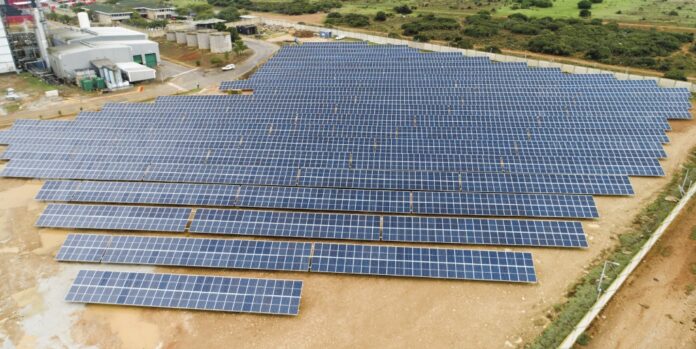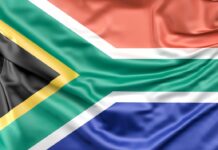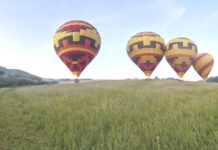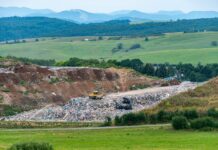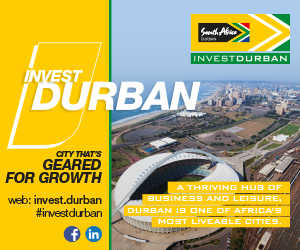In addition to leading the way in attracting wind power projects, the Eastern Cape is making good progress in trying to ensure that the community trusts that arise from these and other renewable energy projects actively benefit communities.
According to the South African Wind Energy Association (SAWEA), 16 wind projects were secured for the province in the course of the first four windows of bidding of the Renewable Energy Independent Power Producer Procurement Programme (REIPPPP). As of the middle of 2020, the value of the projects was estimated at nearly R20-billion with R4.6-billion committed to communities living and working near wind projects.
From 2017, SAWEA started running workshops for community trusts, municipal officials responsible for economic development, the national IPP office and wind farm representatives. Of the R4.6-billion mentioned above, some 42% was allocated to skills development and educational programmes. Among the skills identified as needing to be enhanced were governance, fiduciary oversight and the ability to critically assess development projects.
More than half the wind farm projects so far approved have been allocated to the province.
As a coastal province, the Eastern Cape has obvious advantages, but the availability of wind is not the only factor. As SAWEA notes, “Wind farms are constructed according to the quality of the wind resource and ease of connection to the national grid.”
Both Cookhouse and Stormberg have been listed as Energy Development Zones which means that they are one of the planned national transmission corridors, allowing for direct access to the grid for wind farms in these areas.
South Africa’s National Development Plan (NDP) requires 20 000 MW of renewable energy by 2030 and wind power technology, together with solar photovoltaic, are the two primary methods that are being deployed in pursuit of that target.
More than half the wind farm projects so far approved have been allocated to the province. The Kouga area west of Jeffreys Bay and the Cookhouse/Bedford area about 95 km north-west of Makhanda (Grahamstown) represent two wind power hubs, with a collective capacity of 1 185 MW.
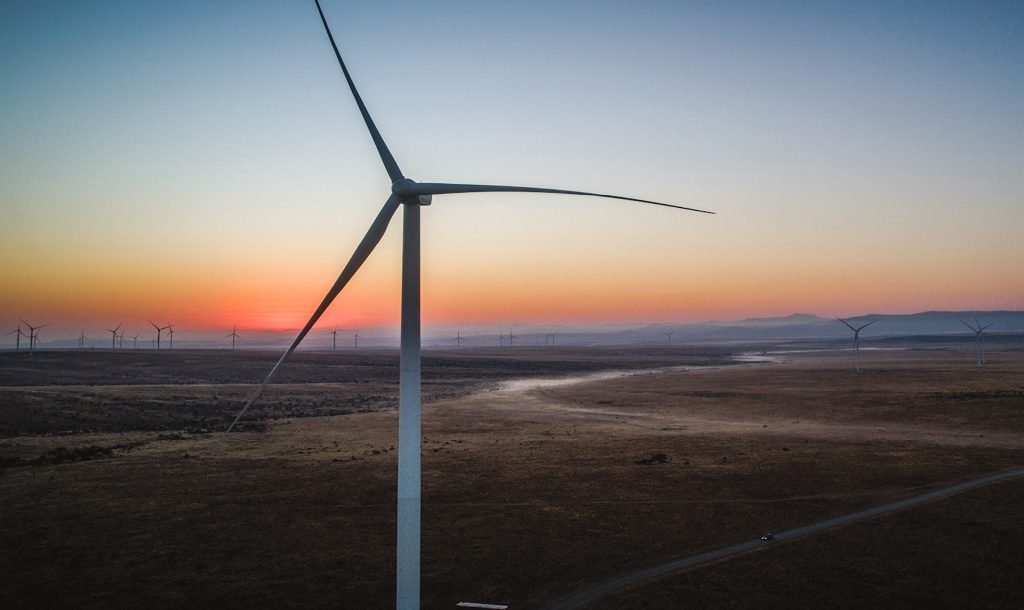
In May 2021 it was announced that the 123 MW Golden Valley Wind Energy Facility near Cookhouse south of Cradock in the Sarah Baartman District Municipality had reached commercial operations. This means that the energy requirements of about 120 000 households will be met.
Just a few kilometres east of Cookhouse there are a further two wind farms, both awarded to Enel Green Power (EGP) in the fourth round of the REIPPPP. The Nxuba and Nojoli wind farms will respectively produce 140 MW and 88 MW and represent what might be called Enel’s Eastern Cape mountain area investment. On the coast they have built wind farms at Oyster Bay and Gibson Bay, west of the 138 MW Jeffreys Bay Wind Farm, which is run by Globeleq and was one of the country’s first big wind energy facilities.
The Provincial Government of the Eastern Cape is collaborating with the National Department of Employment and Labour to train young people in digital technology and solar energy. The Youth Digital eXponential (YDx) Project is funded by the Unemployment Insurance Fund and is to be implemented by the South African Digital Content Organisation. As of February 2022, 500 young people were participating.
Green power
Humansdorp could become the site of a plant that produces e-methanol from green hydrogen and gas created from locally-sourced biomass.
Zero-carbon methane is to be made at Humansdorp.
Three companies have signed an agreement to do a feasibility study: ENERTRAG South Africa, Earth & Wire and 24Solutions. The abundant wind and solar resources of the area would create the renewable energy to form the green hydrogen. Green hydrogen qualifies as such if the process to make it used only renewables. All of the electricity produced by renewable energy facilities would be used by the electrolyser (for the green hydrogen), desalination and e-methanol plants.
ENERTRAG’s German parent has considerable experience in innovation and is working with Sasol on aviation fuel alternatives. In 2011 it opened the world’s first hybrid wind to hydrogen power plant.
Earth & Wire has signed agreements across South Africa with landowners on 400 000 ha of land which the company intends using to build renewable energy facilities. The short-term focus is on wind and solar projects close to completion in Mpumalanga, Gauteng and the Eastern Cape.
Green hydrogen is very much the flavour of the month, in the aftermath of the negotiations at the COP26 conference.
The Coega SEZ has been chosen by Hive Hydrogen SA as the location of a Green Hydrogen project which will be fully operational by 2026. The project will see a green ammonia plant constructed, valued at approximately $4.6-billion. The main development partners are BuiltAfrica and Hive Energy of the UK who have formed Hive Hydrogen SA but various other partners are involved.
Local salt manufacturer Cerebos will supply desalinated water to the project.
Green hydrogen is very much the flavour of the month, in the aftermath of the negotiations at the COP26 conference.
The hydrogen will be separated from the oxygen by an electrolyser, and hydrogen and nitrogen will be combined to form green ammonia which will be stored in liquid form at a tank at the Port of Ngqura, from where it can be exported around the world. Gas company Afrox is another partner, although there is no intention currently to convert the oxygen to pharmaceutical-grade product as that market is currently well served. The plant will have its own dedicated power supply.
Another renewable energy investor in the Coega SEZ is Seraphim Solar Cell Manufacturing that is investing R362-million to increase the local content of its solar value chain.



